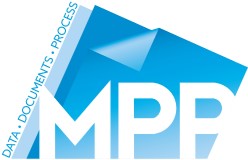5 Benefits of Managed Document Services
If you’re wondering what the benefits of managed document services could be for you and your business, here's a breakdown. Firstly, it’s important to remember ‘printing’ doesn’t just mean...
